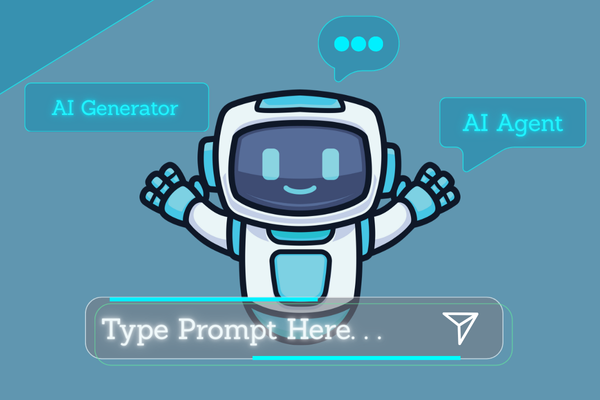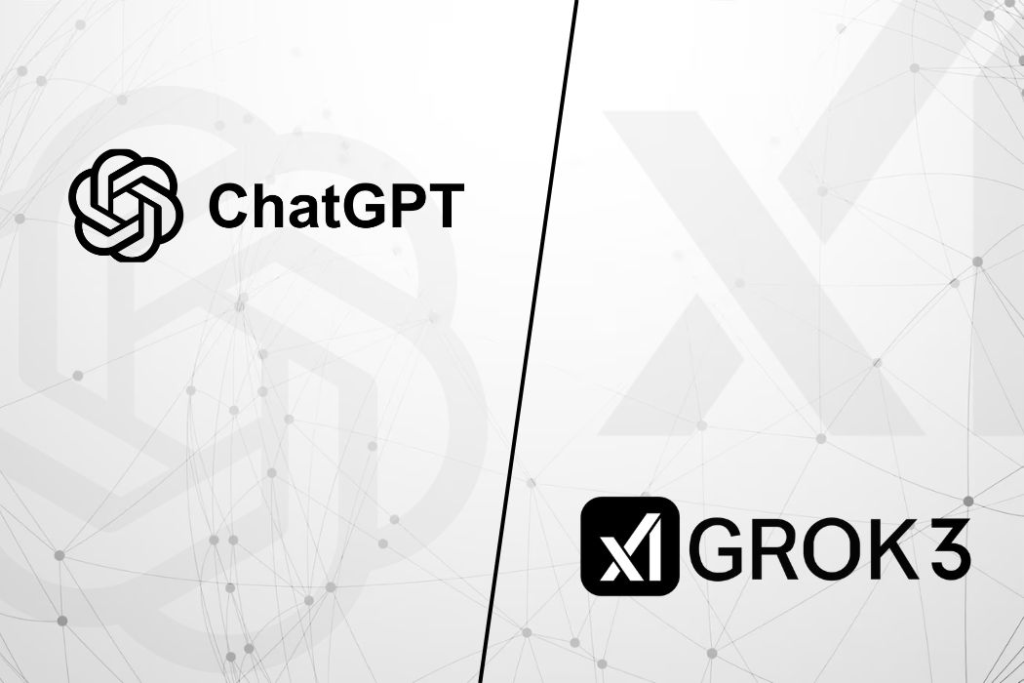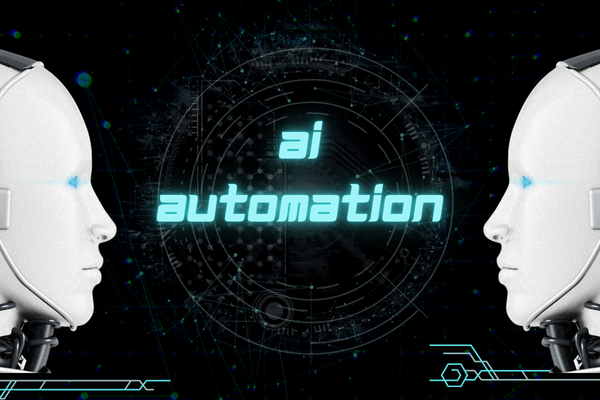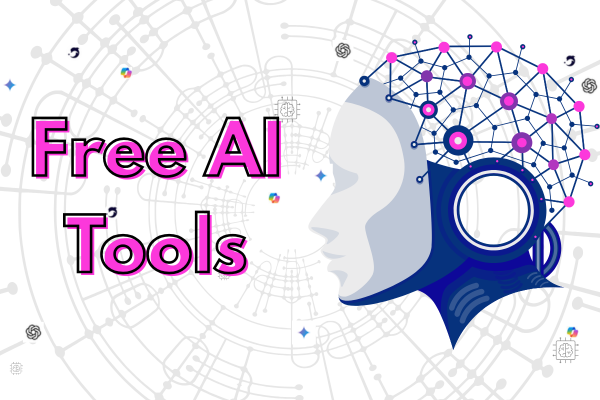Build Your Own AI Agent
Build Your Own AI Agent: A Beginner’s Guide to Intelligent Automation Introduction: Why Everyone Wants to Build Their Own AI Agent In 2025, it feels like we’re all living in a sci-fi novel. We talk to smart assistants, get personalized suggestions from apps, and even let AI book our appointments. But here’s the coolest part — you can build your own AI agent too. Yes, you. Whether you’re a developer, a startup founder, or someone just exploring tech, the tools are now in your hands. No PhD required. In this guide, we’re going to show you how to build your own AI agent step by step, from tools to deployment — and by the end, you’ll have something to call your digital sidekick. What Is an AI Agent? (And Why Should You Build One?) Before you jump in, let’s clarify what it means to build your own AI agent. An AI agent is a software entity that can: Perceive its environment (inputs from users or sensors) Reason or decide what to do Take actions accordingly Learn and adapt over time Think of an AI agent like a supercharged assistant that doesn’t just follow commands — it understands goals and figures out how to achieve them. When you build your own AI agent, you’re building something smarter than a script — you’re creating something that can think, act, and evolve. Why You Might Want to Build Your Own AI Agent If you’ve ever said: “I wish this could be automated.” “Why can’t this bot just remember what I said earlier?” “Can’t AI just handle this for me?” Then you’re ready to build your own AI agent. Here are real-life use cases: AI chatbots for customer service Virtual productivity assistants Agents that search the web and summarize content Email and calendar managers Financial trackers And here’s the big one: when you build your own AI agent, it’s customized exactly to your needs — no one else’s. Toolbox: What You Need to Build Your Own AI Agent Let’s be real. You can’t just summon an AI agent out of thin air — you need the right tools. Here’s a breakdown of what you’ll want in your toolkit. 🔧 Languages & Frameworks Python – Friendly and powerful; the go-to language for AI LangChain – Perfect for connecting LLMs (Large Language Models) to tools, APIs, memory, and more OpenAI API (GPT-4) – Adds natural language understanding AutoGPT / BabyAGI – Frameworks that build agents on top of language models Pinecone or FAISS – For vector databases and memory storage Want to keep it no-code or low-code? Check out: Flowise AI AgentGPT You don’t need them all, but having the right stack will make it easier to build your own AI agent with intelligence and personality. Step-by-Step: How to Build Your Own AI Agent Let’s walk through it. Here’s how to go from “cool idea” to “my agent is live!” Step 1: Define the Agent’s Purpose What should your agent do? Examples: Answer questions about your business Help users track their expenses Summarize YouTube videos Create personalized workouts Be as specific as possible. This will shape your workflow. Step 2: Choose Your Language Model The core “brain” of your AI agent is a language model. The most popular ones include: GPT-4 (OpenAI) Claude (Anthropic) LLaMA 3 (Meta, open-source) For most people, GPT-4 via OpenAI API is the easiest and most flexible choice. Step 3: Design the Workflow This is where LangChain comes in. When you build your own AI agent, you often want it to do more than just chat. Maybe it should: Call APIs Use tools like a calculator Access memory Take different actions based on the situation LangChain lets you build workflows that connect all these parts together. 🧠 Example: User says: “What’s the weather in Paris and should I carry an umbrella tomorrow?” Agent: Detects the city and date Calls a weather API Analyzes if rain is likely Responds naturally with a recommendation Step 4: Add Memory To make the agent feel “smart,” it needs memory. Short-Term Memory: For context in the current session Long-Term Memory: For remembering preferences, previous chats, etc. Use vector databases like FAISS or Pinecone to store embeddings of conversations. This way, your agent remembers users like a real assistant would. Step 5: Connect Tools and APIs To make your AI agent useful in the real world, you need to connect it to tools. Ideas: Google Calendar Notion / Slack Email APIs Weather / News / Stocks APIs Google Search / YouTube LangChain and AutoGPT both let you plug in these tools and trigger them intelligently. Step 6: Deploy and Host You’ve got a working agent — now where does it live? Options: Web App with Flask or FastAPI (Python) Mobile App using Kivy or Flutter Cloud deployment on Render, Vercel, or Heroku Bonus: Use Gradio or Streamlit to create interactive UIs. Real Examples of People Who Built Their Own AI Agents AI Customer Support Bot: A small Shopify business built their own AI agent to answer FAQs, reducing tickets by 70%. AI Research Assistant: A student built an agent to summarize academic papers and extract citations. Content Repurposer: A marketer built an agent that turns a blog post into 3 LinkedIn posts, 5 tweets, and a YouTube script. When you build your own AI agent, it becomes your digital sidekick — whatever you need, it adapts. Best Practices When You Build Your Own AI Agent 🔁 Iterate constantly: Expect to tweak prompts, tools, and memory handling 🔒 Focus on security: Encrypt sensitive data, especially if users share personal info 🧠 Test reasoning: Try edge cases and unexpected prompts to see how it reacts ⚖️ Consider ethics: Make it transparent what your agent can and can’t do Bonus: Free Resources to Help You Build Your Own AI Agent OpenAI Cookbook LangChain Docs AutoGPT GitHub Prompt Engineering Guide These are goldmines for anyone serious about building. Final Thoughts: Start Today, Learn Fast You don’t need to be an AI
Build Your Own AI Agent Read Post »



